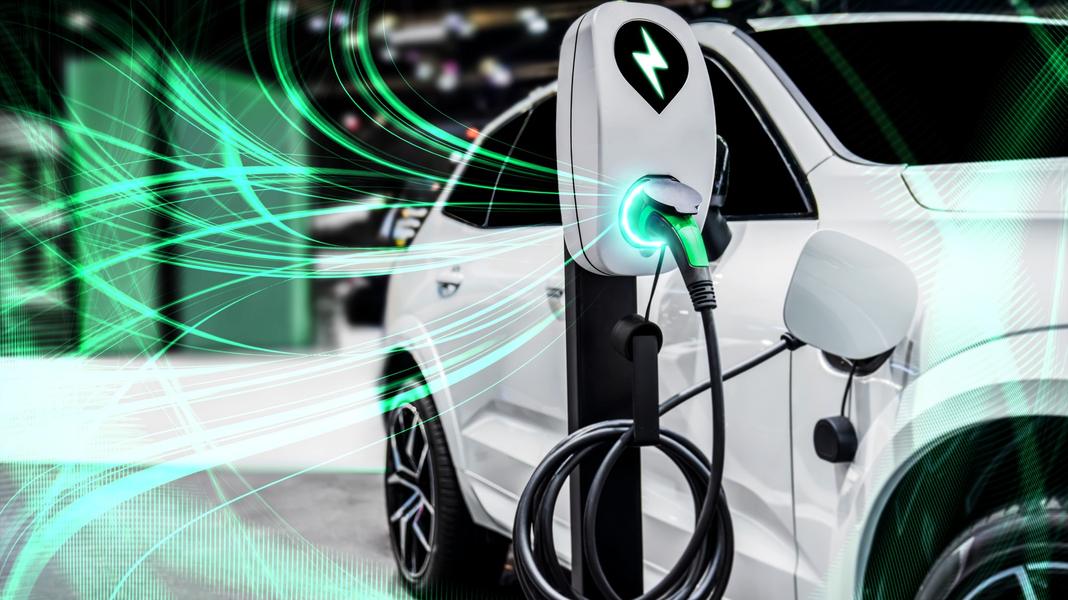-
Contact Us
-
General Inquiries/Service Requests:
- 888.313.6862
-
contactcenter@oncor.com
-
(Mon.-Fri., 8 a.m.-6 p.m. Central Time)
-
For Outages
- 888.313.4747
-
(24/7)
Filling up the car has taken on a whole new meaning as more drivers head to the plug instead of the pump.
Americans bought nearly twice as many all-electric vehicles (EVs) and plug-in hybrid electric vehicles (PHEVs) in 2021 – about 608,000 -- when compared to the previous year.1 Of that, 73 percent were all-electric vehicles.
Even more remarkable is that the number of all-electric vehicles sold in 2021 was 85 percent higher than the number of EVs sold just the year before.
And while EVs still make up a small percentage of all vehicles sold, year-over-year sales growth of EVs dwarfs that of all light-duty vehicles, which increased by only 3 percent during the same period.
But the demand for EVs is predicted to increase, especially as the number of available models goes up and the prices come down.
Oncor has a role in helping to educate and inform consumers about electric vehicles. And we continue to work diligently to monitor electric vehicle use in our service area so every vehicle and home has adequate power supply.
Why are electric cars on the rise? More and more people realize the benefits. They’re better for the environment because they are more efficient and don’t release tailpipe emissions. And they’re economical, because it costs about 5 cents to drive an electric car one mile, versus 17 cents for gas-powered ones.2
Major technology strides have helped make electric cars more practical in recent years. Older models weren’t able to go far without charging, but new advancements in batteries have enabled newer models to go longer distances between charges and charge faster.
It won’t be long until even more electric cars are on the road. In fact, U.S. car buyers should be able to pick from over 60 electric vehicle models by the end of 2022.
Charging at home
Most electric-vehicle drivers do more than 80 percent of their charging at home, according to a study by JD Power.3
Today’s electric vehicles have larger batteries and can go farther, so most people install a 240-volt charger, the same amount that powers an oven or clothes dryer. It can complete a full 200-plus mile charge in 4-5 hours. Roadside DC fast chargers can do the same in 15-30 minutes.
Charging stations
In January 2022, the U.S. had almost 113,600 charging outlets for plug-in electric vehicles (EVs).4 Many of these chargers are found in California, with almost 41,300 public and private power outlets. Plug-in power stations and charging outlets are essential to increase U.S. plug-in electric vehicle sales.
The number of stations continues to increase, but so does the demand to use them. Governments and companies worldwide are working together to create the infrastructure it will take to meet that growing demand. The $1.2 trillion Infrastructure Investment and Jobs Act (IIJA) included about $7.5 billion for roadside passenger EV chargers. Texas received the largest allocation of any state.
Here at Oncor, we work with stakeholders in our service areas to help support them as they plan and install locations for charging stations. To find a charging station near you, click here.


